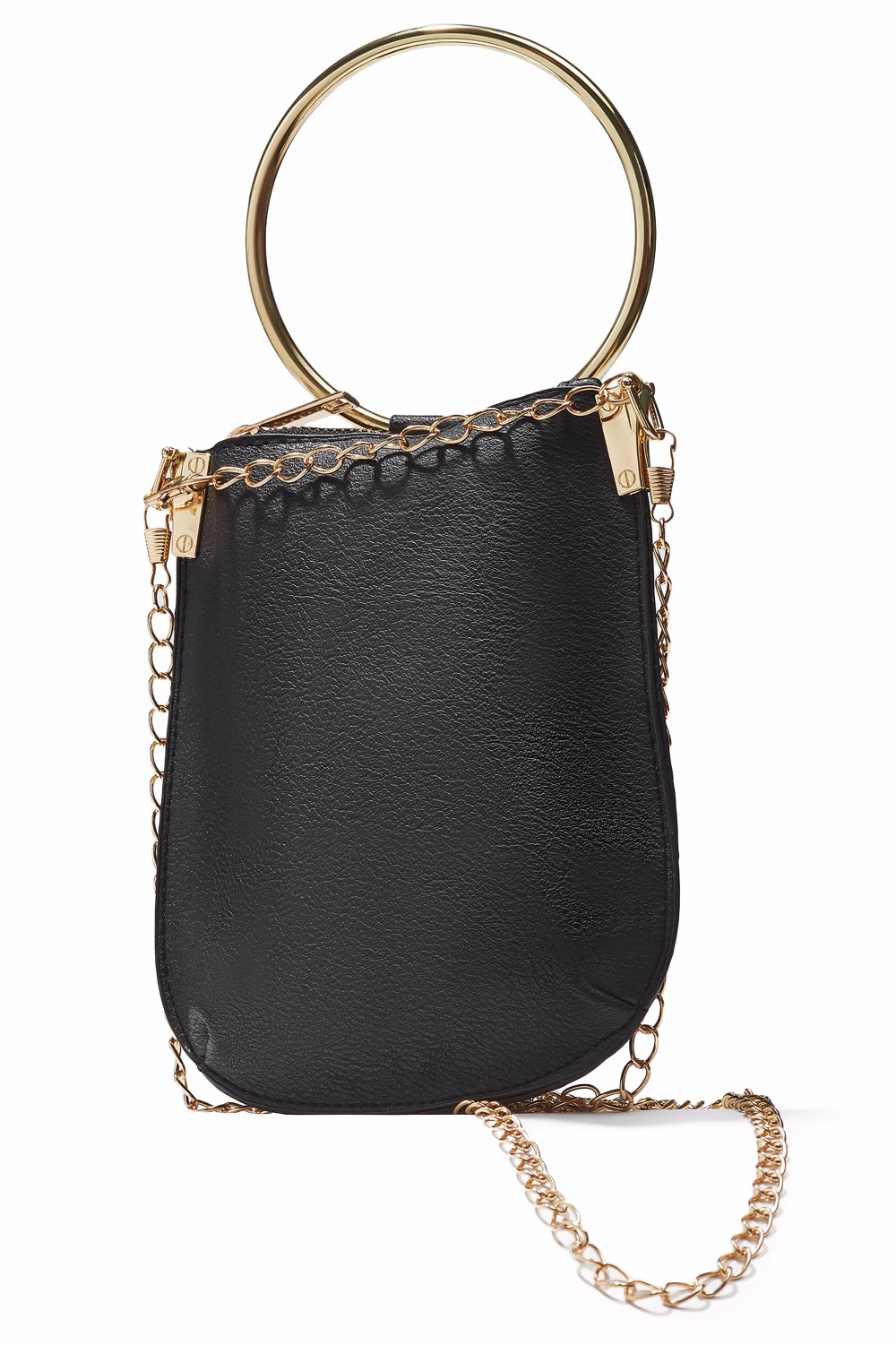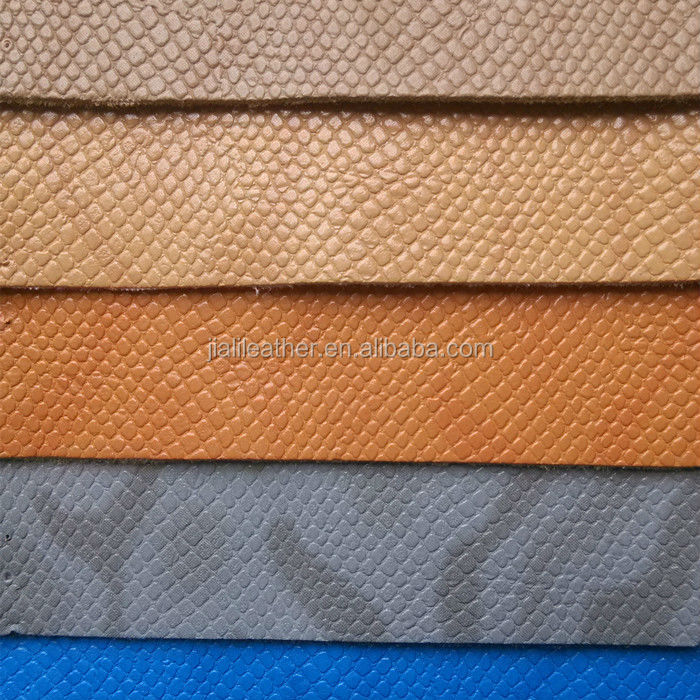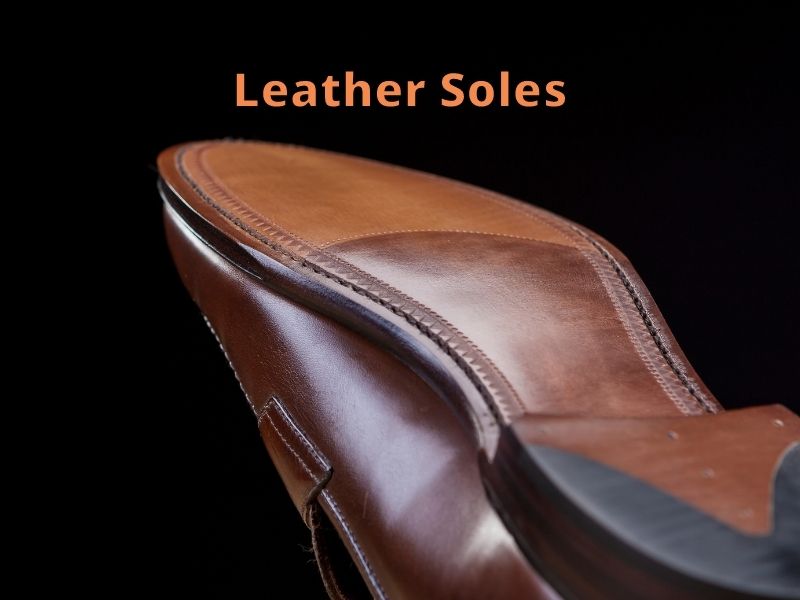Title: The Difference between PU Leather and Real Leather
Leather is a common material used in making clothing, shoes, and other accessories. It is known for its durability, strength, and luxurious feel. However, there are two main types of leather: PU (polyurethane) leather and real leather. Each type has its own unique characteristics and advantages. This article will explore the difference between PU leather and real leather so that you can make an informed decision when choosing the right leather for your needs.
Real Leather

Real leather is made from the skin of animals, most commonly cows, pigs, or sheep. The skin is usually tanned or cured to preserve its natural texture and strength. Real leather has a unique and luxurious feel that cannot be replicated by synthetic materials. It is also highly durable and can last for many years with proper care and maintenance. However, real leather can be expensive and difficult to source from sustainable sources.
PU Leather
PU (polyurethane) leather is a synthetic material that mimics the appearance and feel of real leather. It is made from a combination of polymers and additives that are shaped and cured to resemble leather. PU leather has a number of advantages over real leather. It is much cheaper and easier to manufacture, making it more accessible to a wider range of consumers. It is also more sustainable, as it does not require the slaughtering of animals to produce it.

However, PU leather does have some limitations. It is not as durable as real leather and may not last as long under heavy use or exposure to harsh conditions. Additionally, PU leather may not have the same level of comfort or elasticity as real leather.
Comparing the Two
When considering the difference between PU leather and real leather, it is important to evaluate your specific needs and preferences. If you are looking for a material that is cheap, sustainable, and easy to find, then PU leather may be a good choice for you. However, if you value quality, durability, and a luxurious feel, then real leather may be a better option. Additionally, if you are concerned about animal welfare or environmental issues related to the production of real leather, then PU leather could also be a more ethical choice.

In conclusion, PU leather and real leather each have their own advantages and disadvantages. When making a decision about which material to use for your clothing or accessories, it is important to consider your budget, values, and specific needs. By understanding the difference between these two materials, you can make an informed decision that will help you find the perfect balance between cost, quality, and sustainability.
Articles related to the knowledge points of this article:
Feather-Filled or Sponge-Filled Sofa: Which One is Better?
Title: The Perfect Length of a Tie: A Comprehensive Guide
The rise of the middle-aged down jacket



